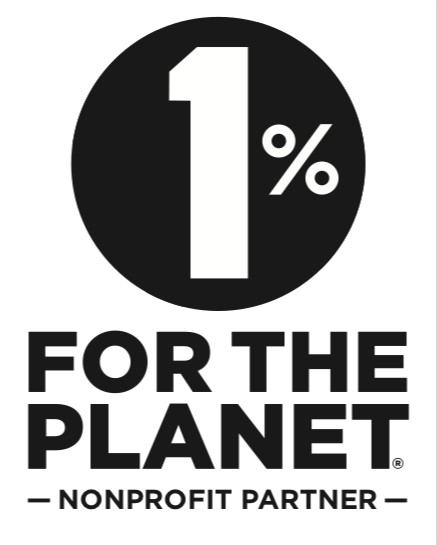
Planning a Reduced Waste Thanksgiving
Thanksgiving is upon us and as we plan our family gatherings with warm hearts of getting together, it's important, also to plan our feast with conscious thought to how food reaches our tables and the environmental impact waste from this one day per year has on our planet, isn't gratitude for our bounty what Thanksgiving is all about?!
We've gathered some information to assist your conscious planning, with suggestions from Mike Pomranz of Food & Wine, Kelly Cramer of Green Blue Organization and the National Resources Defense Council (NRDC), so you can focus on sharing a very special day with family and friends, while reducing your family's waste through thoughtful pre-planning.
Why Does Reducing Our Thanksgiving Waste Matter?
The NRDC wants us to remember that simply uneaten turkey on Thanksgiving Day can create massive amounts of food waste. How much food waste? Well, this nonprofit environmental advocacy organization suggests that about 204 million pounds of turkey meat will be thrown away this Thanksgiving, in the U.S.!!!!
This has both a substantial environmental and financial impact... to the tune of $293 million in small change! Of course we know that turkey's are live animals, which require time and resources to raise. "Depending on which estimate you use, [raising] 204 million pounds of discarded turkey requires over 100 billion gallons of water--- enough to supply New York City for 100 days," says the NRDC. "And when it comes to climate pollution, [this amount of discarded turkey meat] wastes emissions equivalent to driving a car across the country 800,000 times."
There are great things that reducing waste does for the environment.
Again, the NRDC offers the following benefits to reducing our waste:
- Saves resources – Wasted food wastes the water, gasoline, energy, labor, pesticides, land, and fertilizers used to make the food. When we throw food in the trash, we’re throwing away much more than food.
- Reduces methane from landfills – When food goes to the landfill, it’s similar to tying food in a plastic bag. The nutrients in the food never return to the soil. The wasted food rots and produces methane gas. Methane is a strong greenhouse gas with more than 21 times the global warming potential compared to carbon dioxide.
- Returns nutrients to the soil – If you can’t prevent, reduce, or donate wasted food, you can compost. By sending food scraps to a composting facility instead of to a landfill or composting at home, you’re helping make healthy soils. Adding compost to gardens, highway construction sites, and poor soils makes great things happen. Properly composted organics (wasted food and yard waste) improve soil health and structure, improve water retention, support more native plants, and reduce the need for fertilizers and pesticides.
How can we participate in reducing our Thanksgiving Waste?
Most consumers today would like to reduce their holiday waste, now it is well known, WE SHOULD. BUT HOW CAN WE DO THAT? We looked to the expertise of Kelly Cramer, Senior Manager of the Sustainable Packaging Coalition, creator of the "Essentials of Sustainable Packaging" training course and speaker at many environmental advocacy events, for this advice. We outline her bullet points with links to the full GreenBlue.org article: Ways to Avoid Waste over Thanksgiving.
In the article, Kelly offers
- WAYS TO REDUCE FOOD WASTE WHILE PLANNING YOUR THANKSGIVING MEAL
- WAYS TO REDUCE FOOD WASTE WHILE COOKING YOUR THANKSGIVING MEAL
- WAYS TO AVOID FOOD WASTE IN THE DINING ROOM
- REDUCING YOUR FOOD WASTE AFTER THE GREAT MEAL IS OVER
We hope this information will assist your participation with us, in a REDUCED WASTE HOLIDAY! Happy Thanksgiving! May you and your family be warm with gratitude and conscious in joy!

